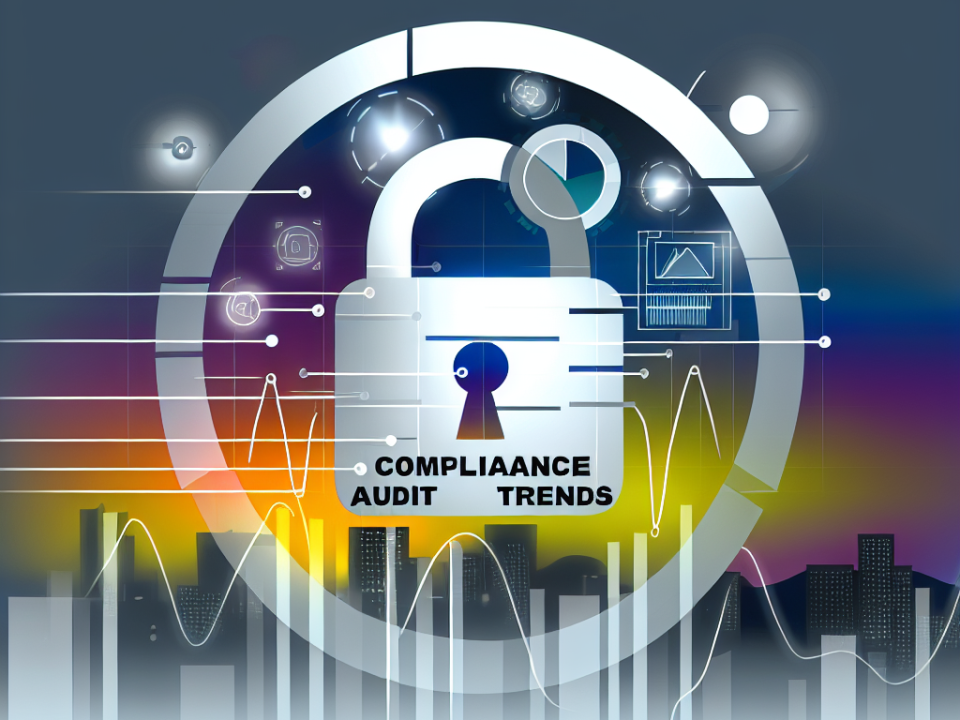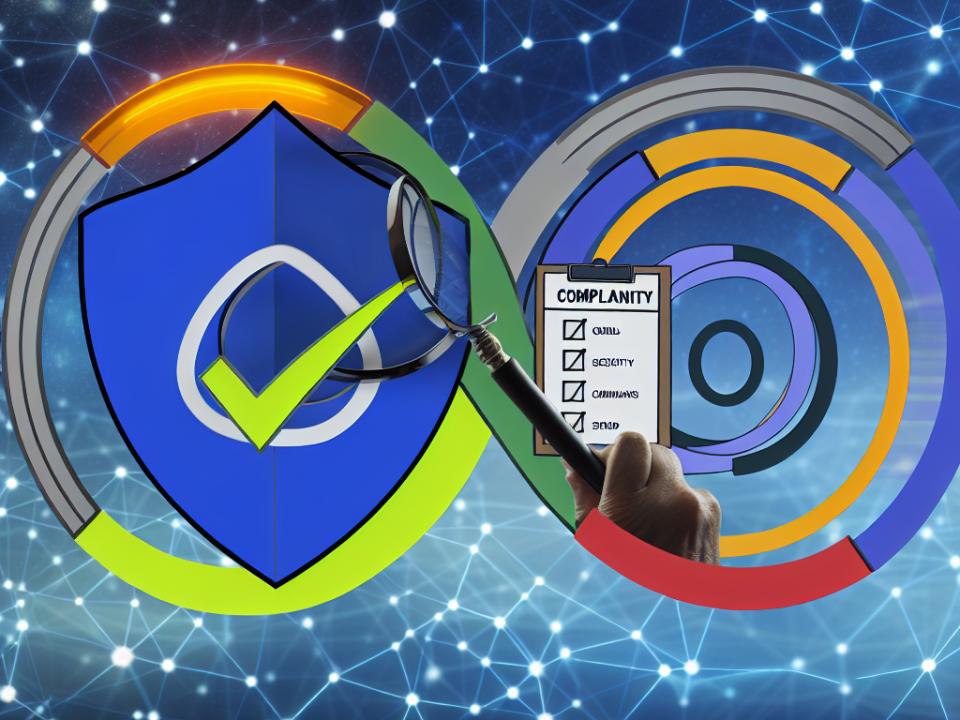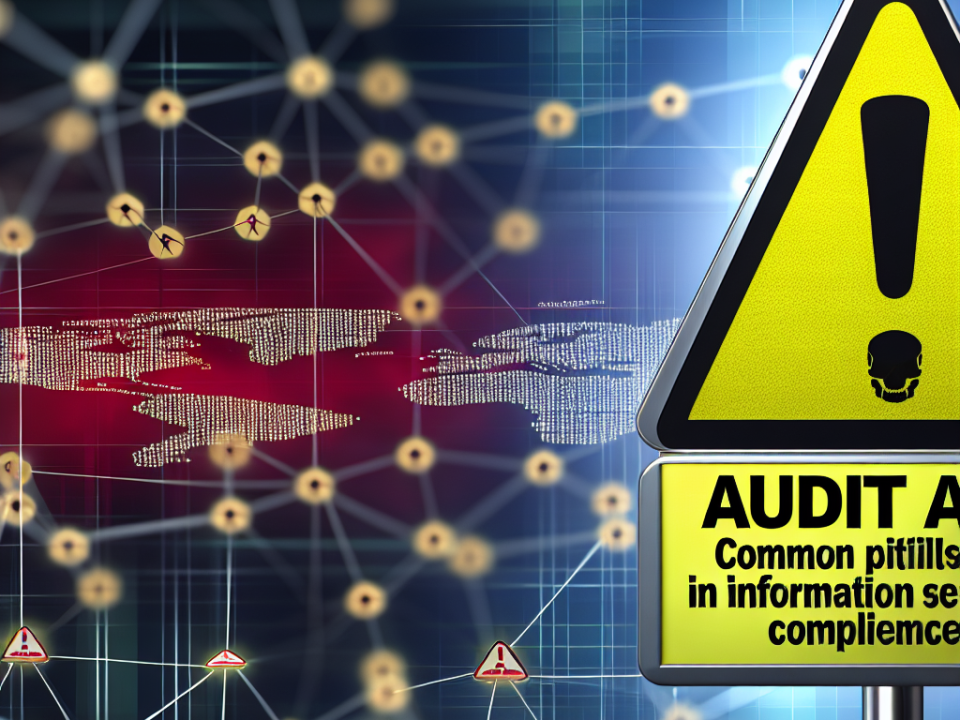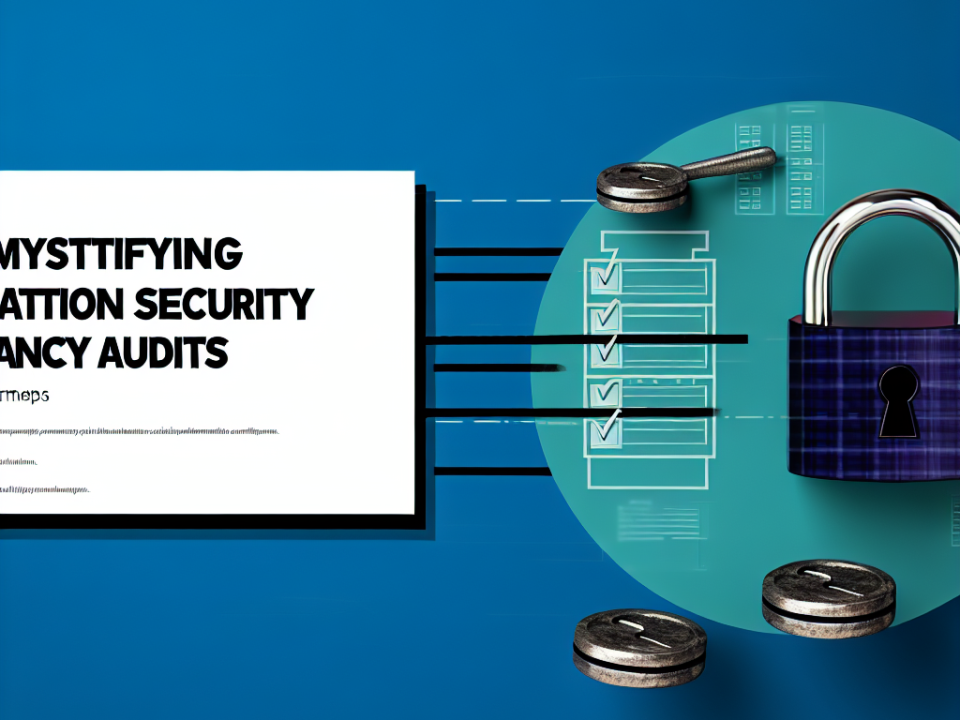
The Future of Cybersecurity Leadership: Exploring the vCISO Trend
August 10, 2025
Scaling Security: The Essential Role of vCISOs in Growing Companies
August 11, 2025
In an era where data breaches and cyber threats are increasingly common, regulatory bodies are heightening their scrutiny of organizational cybersecurity practices. Conducting regular audits is essential for maintaining compliance with a plethora of industry regulations, such as GDPR, HIPAA, PCI DSS, and others. This article explores best practices for preparing for audits related to cybersecurity compliance, ensuring that your organization is well-equipped to meet regulatory standards.
1. Understand Regulatory Requirements
The first step in preparing for an audit is understanding the specific regulatory requirements your organization must comply with. Each regulation may have different stipulations regarding data protection, reporting, risk management, and remediation efforts.
Action Steps:
- Identify Relevant Regulations: Research which regulatory frameworks apply to your organization based on industry and geographical region.
- Create a Compliance Checklist: Develop a detailed checklist outlining each regulatory requirement and relevant deadlines.
2. Conduct a Comprehensive Risk Assessment
A risk assessment is a critical component of preparing for an audit. It helps to identify potential vulnerabilities within your organization’s systems, people, and processes.
Action Steps:
- Evaluate Existing Controls: Review your current cybersecurity measures to determine their effectiveness.
- Identify Risks: Pinpoint potential threats and vulnerabilities, considering internal and external factors.
- Mitigate Risks: Develop a mitigation plan for identified risks, prioritizing high-impact vulnerabilities.
3. Develop a Robust Cybersecurity Policy
Your cybersecurity policy serves as a framework for protecting sensitive data and ensuring compliance with regulatory standards.
Action Steps:
- Document Policies: Clearly document policies regarding data handling, access control, incident response, and employee training.
- Regular Updates: Ensure that these policies are regularly updated to reflect changes in regulations, technology, and business practices.
4. Implement Strong Access Controls
Access control is a cornerstone of regulatory compliance. Limit access to sensitive data to only those who need it to perform their job functions.
Action Steps:
- Role-Based Access: Implement role-based access controls (RBAC) to ensure that employees have access only to information necessary for their job.
- Audit Access Logs: Regularly review access logs to identify any unauthorized attempts to access data.
5. Train Employees Regularly
Employees are often considered the weakest link in cybersecurity. Regular training is imperative for raising awareness about the importance of compliance and best practices in cybersecurity.
Action Steps:
- Conduct Training Sessions: Provide training on security policies, phishing awareness, and incident reporting.
- Test Knowledge: Incorporate quizzes or simulations to test employee understanding and responsiveness to potential cyber threats.
6. Monitor and Maintain Compliance
Ongoing monitoring and maintenance of compliance practices are key to ensuring that your organization remains compliant with evolving regulations.
Action Steps:
- Automate Monitoring: Implement tools for continuous monitoring of network activity, compliance status, and vulnerabilities.
- Schedule Regular Audits: Conduct self-audits and schedule routine third-party audits to assess compliance and identify areas for improvement.
7. Document Everything
Accurate documentation can greatly facilitate the audit process. This includes all policies, procedures, risk assessments, employee training records, and previous audit results.
Action Steps:
- Centralized Documentation: Use a centralized repository for documentation to ensure easy access during an audit.
- Keep Historical Records: Maintain historical documentation for comparing compliance progress over time.
8. Prepare for the Audit Day
In the days leading up to the audit, ensure that all relevant stakeholders are prepared and informed about the process.
Action Steps:
- Pre-Audit Checklist: Create a pre-audit checklist to confirm that all necessary documentation is in place.
- Designate Points of Contact: Identify individuals who will be the primary contact during the audit and ensure they are well-versed in the relevant materials.
Conclusion
Preparing for audits related to regulatory cybersecurity compliance is an ongoing effort that requires a focused approach to risk management, employee training, and rigorous documentation. By implementing these best practices, organizations can not only ensure compliance but also strengthen their overall cybersecurity posture, protecting sensitive information and maintaining the trust of customers and stakeholders alike. In today’s ever-evolving digital landscape, proactive measures are essential for staying ahead of regulatory requirements and safeguarding against cyber threats.







